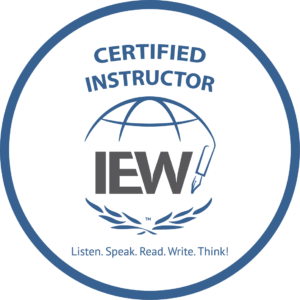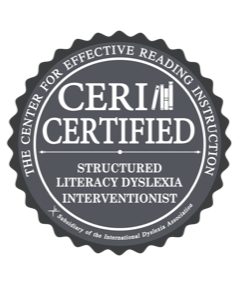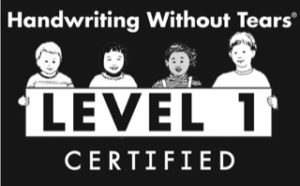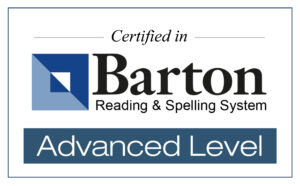When my son was younger, I would look at his writing and cringe. Yes, cringe. It was messy, illegible, and all over the place. He could not write on lines, make letters correctly and words were not evenly spaced, nor could he successfully copy anything off the board without whining and complaining.
Well, there was a reason for this difficult task. I did not find out about it until he was in 5th grade. The reason he struggled so much with writing was because he had/has dysgraphia. Dysgraphia means trouble with writing. This was the first time I had ever seen the term Dysgraphia. I was intrigued so I started researching further. Here is what I found:
According to LD online, Dysgraphia is a learning disability that affects writing, which requires a complex set of motor and information processing skills. Dysgraphia makes the act of writing difficult. It can lead to problems with spelling, poor handwriting, and putting thoughts on paper. People with dysgraphia can have trouble organizing letters, numbers, and words on a line or page.
The International Dyslexia Association says: Dysgraphia can interfere with a student’s ability to express ideas. Expressive writing requires a student to synchronize many mental functions at once: organization, memory, attention, motor skill, and various aspects of language ability. Automatic accurate handwriting is the foundation for this juggling act. In the complexity of remembering where to put the pencil and how to form each letter, a dysgraphic student forgets what he or she meant to express. Dysgraphia can cause low classroom productivity, incomplete homework assignments, and difficulty in focusing attention.
What is the treatment for dysgraphia? Dysgraphia is considered a learning disability. The DSM-5 classifies “an impairment in written expression” (dysgraphia) under the category “specific learning disability”. Working with students with dysgraphia will require the following elements:
Early prevention. Children in kindergarten and first grade should learn to form letters correctly. I started homeschooling my son in first grade. I know I struggled to teach him correctly. To be honest, I just tossed copy work and workbooks at him. Previously, I had been a classroom teacher for five years and during that time I was never taught about how to teach handwriting. Every teacher taught their own way. I am not saying this is true of all schools, but most do not have an adopted writing program. I recently asked a teacher about what handwriting program her district used and she said none. That is why I love Handwriting without Tears. I wish it was adopted everywhere! It teaches students with a multisensory approach which is powerful for children as they learn the correct formation of R. Plus, it is very easy for teachers and moms to teach it.
Remediation- This requires additional structured practice to reteach and provide muscle training and over learning of proper techniques. For all students this will need to be kinesthetic writing. Individual letters must be practice daily using different modes of learning. For example, writing in a sand tray, sky writing, and other large motor skills solidify the muscle memory of writing letters. Sometimes learning verbal cues like “big line down, jump to the top” will help kids remember the procedure for each letter. This chant, for example, is from Handwriting without Tears. Each letter has a “chant” or procedure which allows children to learn verbally and physically how to form the letter correctly.
Modifications and Accommodations– These are also called bypass strategies. These help students bypass the problem and focus on the content. For example, teaching a child to type will help the child not have to focus on letter formation, spacing, etc. Once the can type, they can focus on just writing. There are many other great accommodations for students will dysgraphia. I have modeled my strategies based on this article “Strategies for Dealing with Dysgraphia”. I have used so many of these strategies during our 11 years of homeschooling. Here is a list of my go-to strategies:
- verbally answering questions instead of having to write them down. When my son would read a chapter in a book, I would verbally ask him the comprehension questions.
- be their scribe-Again, when writing was especially tough, I would tell him to tell me what to write. I also did a lot of shared writing. He would write a sentence and then I would write a sentence
- using different writing tools-For some kids using pencil grips help. Students may also prefer fat pencils versus skinny pencils. Even typing can be considered a different writing tool. I taught my son keyboarding early on. He is now a pretty fast typist.
- modifying assignments so they require less writing- Once he was older and he was answering questions in writing, I would ask him to do half the questions or pick 2-3 short answers. As long as he could show me he knew the material, I was okay with him not answering all the questions. Do you really need to answer 15 math questions to show you understand the concept? Can you do just 5 or 6 to show understanding?
- asking teachers not to require him to copy off the board-since he did not go to school, I did not have this issue, but we did do homeschool group classes. I told his teachers that he could not copy the board and listen at the same time, so I would rather he listen and not be required to copy off the board.
Here are some that we have not used but he may need in college:
- extended time on tests
- note taker for his classes
- being able to record lectures
- extended time on assignments that require writing
Dysgraphia does not only affect the physical aspect of writing, which is most of what I have discussed. The other part of dysgraphia is the difficulty putting thoughts on paper. In the early years, we struggled everyday to get more than a sentence out of him. We would read a chapter of a book and his “summary” would be one sentence. Writing is an important life skill so we can’t just ignore it. Students need to be taught techniques that enable them to take writing apart into little bits that are manageable. In my research to help my son, I came across two programs that help students with the writing process. These two programs are IEW (Institute for Excellence in Writing) and Writeshop. I have used both, but lean towards IEW. Their method of teaching includes teaching Structure and Style. That is their “thing”. Both these programs help children to do the following:
Think of their ideas- writing down what is in their mind is very difficult. Often, they don’t know how to express what they are thinking
Organize their ideas- using graphic organizers to help with putting down those ideas
Writing a first draft- writing from the graphic organizer into a paragraph or paragraphs
Proofing and editing-using checklists to help student check their work
Revising-using the checklist to make modifications to their paragraphs
Final Product-rewriting the paragraph as a final draft
For more about why I chose IEW, read this post.
What about cursive writing? I have heard both sides of the argument. Some say cursive is easier to learn because they do not have to think about directionality. Others, say it’s just as confusing. I did not force my son to learn cursive. I taught him to write his name in cursive when he was older so he could have a signature. If I did have to teach it, I would have used Handwriting without Tears.
Finally, I want to share some articles and websites about Dysgraphia and Writing. Hopefully, some of these articles with help shed some more light on the topic of dysgraphia and learning challenges.
Learning Disabilities & Writing Part 1
Learning Disabilities & Writing Part 2
Dysgraphia: What you need to know




